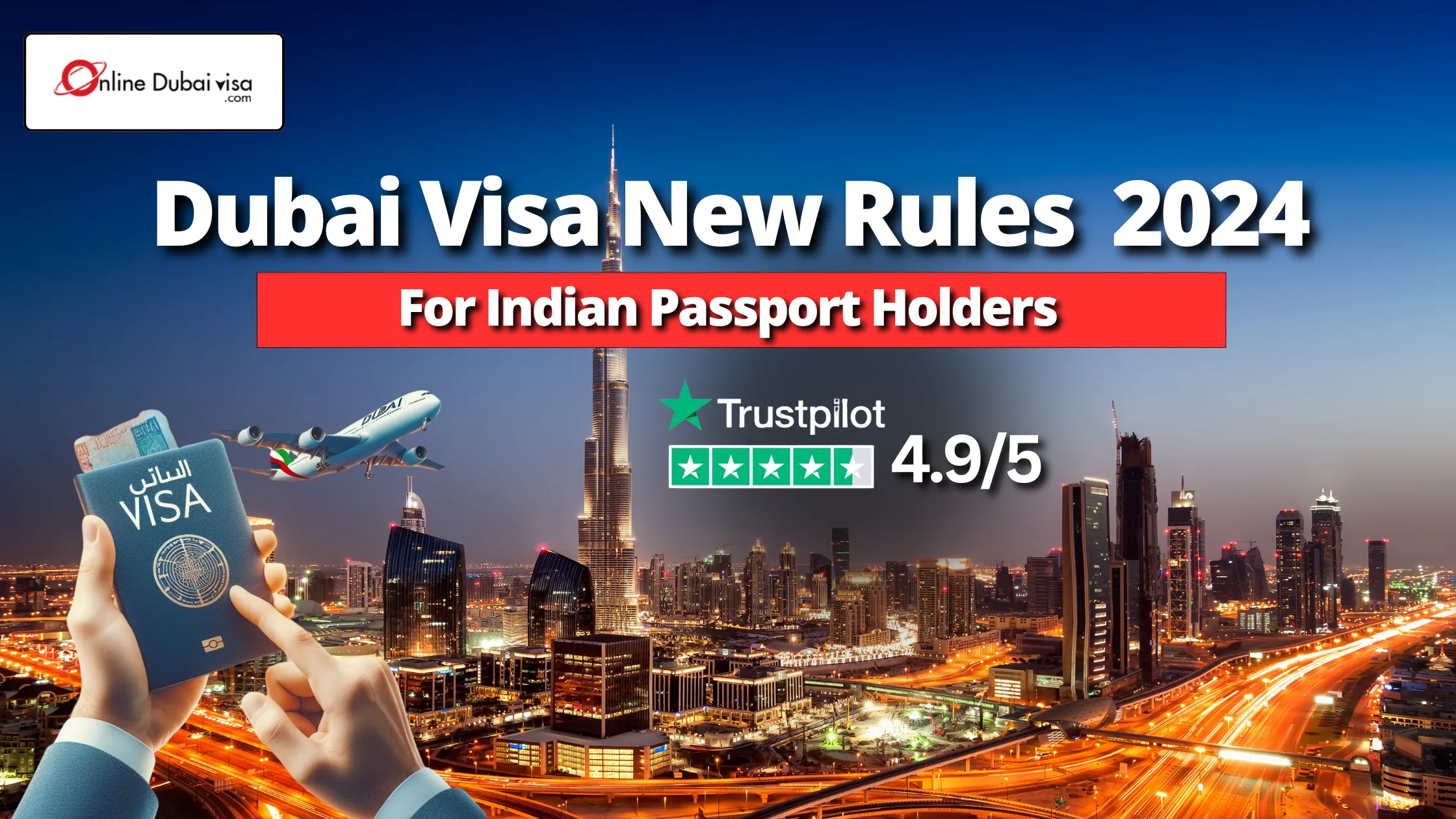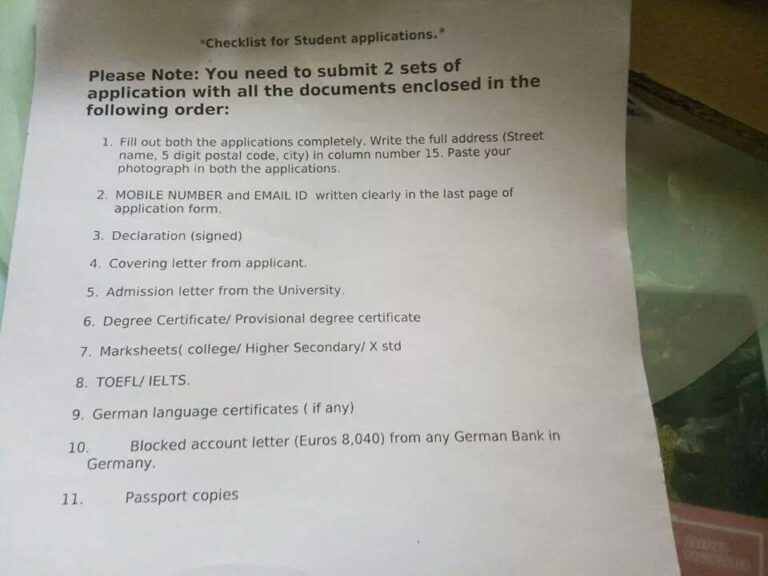Maximizing Your Stay: Indian Visa Extension Rules Explained

Overview of Indian Visas
Types of Indian Visas
India offers various types of visas to cater to different travel purposes. Understanding the type of visa you hold is essential before planning an extension:
- Tourist Visa: Granted to individuals visiting India for tourism and recreation. This visa is valid for up to 1 year with multiple entries allowed, but the maximum stay on a tourist visa in one calendar year is 180 days.
- E-Visa: Available for tourism, business, or medical purposes. However, the e-visa cannot be extended. Upon its expiration, you must apply for a regular visa if you wish to stay longer (VisaHQ).
- Business Visa: Issued to business professionals coming to India for commercial purposes. This visa can typically be extended based on ongoing business activities.
- Medical Visa: Granted to individuals seeking medical treatment in India. This visa can be extended based on the duration of the treatment (indian medical visa).
- Conference Visa: Issued for attending conferences or seminars. Length of stay and extensions are determined by the duration and nature of the conference.
For more detailed information, refer to our comprehensive guide on the types of Indian visas.
Extension Possibilities
Visa extensions are available for the majority of Indian visas, with the exception of the e-visa. Below is a table summarizing the extension possibilities:
| Visa Type | Extension Possibility |
|---|---|
| Tourist Visa | Yes |
| E-Visa | No |
| Business Visa | Yes |
| Medical Visa | Yes |
| Conference Visa | Yes |
Extensions are governed by the guidelines provided by the Bureau of Immigration (BOI), Ministry of Home Affairs. Ensure to follow these guidelines to avoid any legal complications or penalties.
It’s important to apply for an extension before your visa expires to avoid fines and legal repercussions. For fee details, visit our guide on indian visa fees.
If you need assistance with the application timeline or have specific questions about the extension process, consider checking out our detailed instructions on the indian visa application process.
Understanding the types of visas and their extension possibilities can help you plan your stay in India more effectively. For further guidance on indian tourist visa or indian visa for us citizens, explore our articles for in-depth information.
Visa Extension Process in India
Online Application Process
Extending your Indian visa involves submitting an application through the Foreign Regional Registration Office (FRRO) portal. Most visa types can be extended, except for the e-Visa. If you have a valid e-visa, you’ll need to apply for a traditional visa if you wish to remain in India for a longer period. To apply for a visa extension online, follow these steps:
- Visit the FRRO portal: Go to the official FRRO website.
- Register an account: Create an account or log in if you already have one.
- Fill out the application form: Provide accurate details including your personal information and current visa details.
- Upload required documents: Attach all necessary documents electronically (see the “Required Documents” section below for a list).
- Pay the application fee: The fee varies depending on your visa type (see our indian visa fees article for more details).
- Submit the application: Submit your completed application and wait for the confirmation receipt.
Processing Time
The processing time for a visa extension varies. On average, it takes between 3-4 working days, but it can take up to 7-10 working days in some cases (Care Health Insurance). Applicants are encouraged to apply at least four to six weeks before their current visa expires to avoid any issues (Care Health Insurance).
| Processing Time | Working Days |
|---|---|
| Minimum | 3 – 4 |
| Maximum | 7 – 10 |
You can track the status of your application by logging into the FRRO portal’s dashboard.
Required Documents
The documents required to apply for a visa extension depend on your specific visa type. Whether you’re extending a tourist visa, a business visa, or any other type of visa, you will generally need:
- Current Visa Copy: A copy of your current visa.
- Passport Copy: A copy of your passport’s personal information page and the page with the current visa stamp.
- Recent Photograph: A passport-size photo that meets indian visa photo requirements.
- Local Address Proof: Documentation showing your current address in India.
- Application Form: The completed extension application form.
Specific guidelines and additional documents may be necessary based on your visa category or special circumstances. For a detailed checklist, refer to our indian visa documents checklist article.
Ensuring you have all the necessary documents will help smoothen the visa extension process and reduce the risk of rejection. For more on planning and avoiding common pitfalls, refer to our guide on avoiding rejections.
Specific Guidelines for Tourist Visas
Document Submission
For tourists seeking to extend their stay in India, a specific set of documents must be submitted alongside your visa extension application form. Ensuring all necessary paperwork is in order can significantly enhance your chances of approval.
- Valid Passport: Your passport must be valid for at least six months from the date of application and have at least two blank pages.
- Current Visa: Provide a scanned copy of your existing visa.
- Application Form: Complete the online application form available on the Indian government’s official visa website.
- Photograph: A passport-type photo in .jpg format (less than 1MB) is required (VisaHQ).
- Proof of Residence: Include documents showing your current place of residence in India, such as a rental agreement or a utility bill.
- Travel Itinerary: Submit a detailed travel itinerary, including hotel bookings and planned activities.
- Proof of Financial Means: Demonstrate your capability to financially support your stay in India by providing bank statements or similar documents.
For a detailed checklist of required documents, you may refer to our comprehensive indian visa documents checklist.
Photo Requirements
Submitting the correct type of photograph is crucial for the visa extension process. Failure to adhere to photo guidelines can lead to delays or even rejection of your application.
- File Format: The photo should be in .jpg format and less than 1MB in size.
- Dimensions: The photograph should be 2×2 inches, with the head centered and taking up about 70-80% of the photo.
- Background: The background should be plain white or off-white.
- Dress Code: Wear everyday attire. Uniforms and open-toed clothing are not recommended.
- Expression: Maintain a neutral facial expression with both eyes open. Avoid smiling or frowning.
- Head Position: Head should be facing the camera directly, and your entire face must be visible.
- Glasses and Headgear: It’s preferable to take the photo without eyeglasses. If glasses are worn regularly, ensure there is no glare on the lenses. Headgear is not allowed unless worn for religious reasons.
For specific and detailed guidelines, you can refer to our page on indian visa photo requirements.
Ensuring you follow these guidelines on document submission and photo requirements can greatly facilitate a smooth visa extension process, helping you to maximize your stay in India without any hassles. If you have questions or need further assistance, our indian visa helpline is available to provide support.
Consequences of Overstaying
Overstaying your Indian visa can have significant repercussions. It is crucial to familiarize yourself with the potential consequences to avoid legal and financial issues.
Penalties and Fines
Overstaying your visa can result in severe penalties and fines. According to iVisa, the extent of these fines depends on the duration of your overstay:
| Duration of Overstay | Penalty |
|---|---|
| Up to 15 days | $30 |
| 16 to 30 days | $90 |
| Over 30 days | $500 |
In addition to monetary fines, you could face legal repercussions. Severe overstay cases might result in imprisonment for up to 5 years, although this punishment is rarely enforced. It’s critical to apply for an extension through the Foreign Regional Registration Office (FRRO) if you foresee an overstay (iVisa).
Potential Travel Ban
Overstaying your Indian visa may also result in a travel ban. A travel ban can permanently prevent you from entering India again. This ban could also complicate your ability to secure visas for other countries in the future (iVisa).
For more detailed information on avoiding overstaying and the potential penalties, visit our guide on indian tourist visa rules and regulations. If you need assistance with visa applications or understanding the terms, consider consulting the indian visa helpline. Planning ahead and adhering to visa guidelines is essential for a hassle-free stay in India.
Fee Structure for Visa Extensions
Understanding the fee structure for Indian visa extensions is essential for tourists seeking to prolong their stay. Below, you’ll find detailed information on the varying fees and penalties associated with visa extensions.
Varying Fees
The fees for extending your Indian visa can vary based on the type of visa you hold and your country of origin. For the most accurate fee information, it’s advisable to visit the official website or contact FRRO personnel (Care Health Insurance).
| Visa Type | Extension Fee (Approximate) | Additional Notes |
|---|---|---|
| Tourist Visa | $50 – $100 | Fees vary by nationality |
| Business Visa | $100 – $200 | Requires business-related documentation |
| Medical Visa | $75 – $150 | Needs medical certificates and hospital documents |
| Student Visa | $50 – $100 | Requires proof of enrollment and residency |
You need to be aware that these fees can change, and it’s recommended to check the latest fee structure on the official website or through reliable sources.
Penalties for Overstay
Overstaying your Indian visa can lead to severe consequences, including substantial fines, potential jail time, and even a travel ban. Penalties are usually determined based on the extent of the overstaying period.
| Overstay Duration | Penalty |
|---|---|
| 1-15 days | $30 |
| 16-30 days | $120 |
| 31-90 days | $300 |
| 90+ days | Up to $500 + possible imprisonment |
It’s vital to keep track of your visa’s validity and apply for an extension in a timely manner to avoid these penalties. Applying for an extension before your visa expires through the Indian visa application process can save you from complications.
For more details on the required documents and the application process, refer to our dedicated section on the Indian visa requirements. If you need help with the online application process, our apply for Indian visa online guide is also available.
Being informed about the fee structure and penalties will allow you to plan your stay in India effectively, avoiding unexpected costs and ensuring a smoother experience.
Tips for Successful Visa Extension
Navigating through the process of extending your Indian visa can be quite straightforward if you follow a few key guidelines. Here we explore important tips to ensure your visa extension process goes smoothly.
Application Timeline
Timing is crucial when applying for a visa extension in India. It’s recommended to submit your application at least four to six weeks before your current visa expires to avoid any last-minute hassles. The chart below highlights suggested timelines:
| Task | Suggested Timeframe |
|---|---|
| Start Application Research | 8-10 weeks before expiry |
| Submit Application | 4-6 weeks before expiry |
| Follow-up and Verify Submission | 2-4 weeks before expiry |
Avoiding Rejections
To minimize chances of rejection, ensure your application is accurate and complete. Common reasons for rejection include discrepancies in documentation and incomplete forms. Cross-check all required documents and ensure they align with the guidelines specified. For a comprehensive list of required documents, you can refer to our indian visa requirements page.
- Double-check your personal details: Confirm that all information matches your official documents.
- Providing necessary documentation: Ensure all required documents, such as passport copies, photographs, and proof of residency are submitted.
- Photo Requirements: Photos must meet specific criteria. Check the indian visa photo requirements.
Planning Ahead
Effective planning can significantly aid the extension process. Anticipate potential delays and have contingency plans. Here are some planning tips:
- Stay Updated: Regularly check the status of your application online.
- Extra Time for Processing: Apply 45-60 days before the visa expiry date to allow sufficient processing time.
- Know Your Fees: The fee structure for visa extensions varies based on your country of origin. Visit the official website or contact FRRO personnel for exact details.
By planning ahead and ensuring all criteria are met, you can maximize your chances of a successful visa extension. For more detailed information on the application process, visit apply for Indian visa online.





